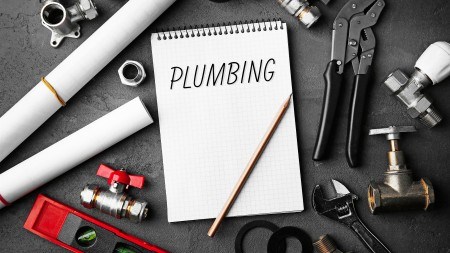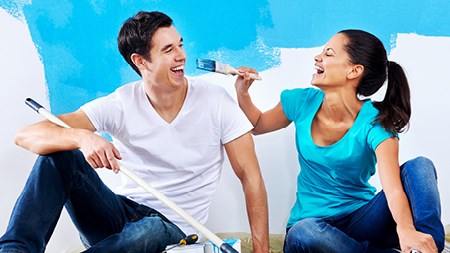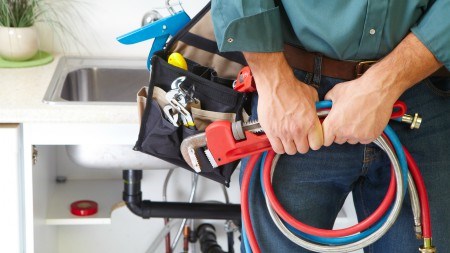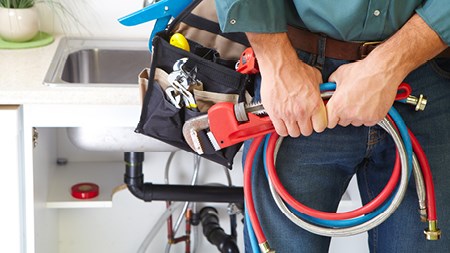If you already own a home you should use the following checklist to find problems and fix them before they become major issues that cost you a fortune.
The trouble with plumbing problems is that they are mostly out of sight – and out of mind - until they pop up as major expenses.
“With plumbing generally being hidden in walls, under floors or above ceilings, most people don’t give it a thought until mould rears its ugly head somewhere or the lounge carpet develops an inexplicable damp patch,” notes Berry Everitt, CEO of the Chas Everitt International property group.
“However, older houses are especially prone to plumbing problems, so you do need to pay particular attention to this when buying a ‘golden oldie’. In some provinces, the seller will in fact need to provide you with a plumbing certificate to prove that all is well.
“Meanwhile, if you already own a home you should use the following checklist to find problems and fix them before they become major issues involving huge upheaval and massive repair bills.”
Inspect your geyser regularly for any signs of leakage. If the geyser is old and worn, which is likely in older homes, consider replacing it to avoid the risk of it bursting and causing extensive water damage to ceilings, walls and floor coverings. And if you do replace it, get a double benefit by choosing an energy-efficient model to cut down on power consumption and your electricity bill.
Inspect walls above the bathroom and kitchen taps for any signs of mould or dampness, which could indicate leaking pipes. If there is any sign of trouble, repair it as soon as possible to prevent major damage to walls.
Check tiles around baths and basins. Replace loose or missing caulking that can allow water to seep into walls or floors behind or under the tiles.
Check around the base of toilets. Dark stains here indicate mould while white stains indicate efflorescence, or mineral residues from evaporated water, and either way, there is probably a crack or leak that needs repairing.
*Look out for calcium deposits in pipes that can affect water pressure. Signs of these are taps that trickle and toilets that refill very slowly. You will need to contact a plumber for advice on clearing or replacing the affected pipes.
- Fix or replace leaking taps immediately. Aside from wasting a precious resource, dripping taps can cause discolouration of basins and baths if there is a high mineral content in the water.




